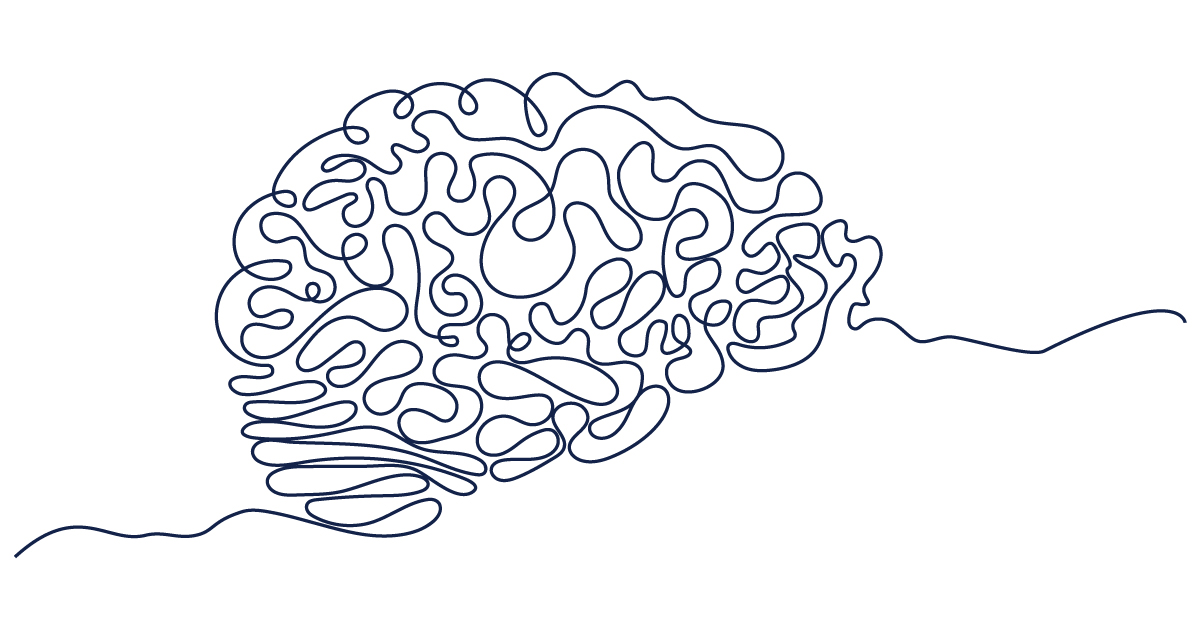Traumatic Brain Injury: Emergency Radiologists at ZSFG are the Frontline of Patient Care

 March marks Brain Injury Awareness Month, which is dedicated to prevention and advancements in care and research. Jason Talbott, MD, PhD, emergency radiology chief at Zuckerberg San Francisco General Hospital (ZSFG), notes that in the United States, traumatic brain injuries (TBIs) lead to over one million hospital admissions each year; 250,000 hospitalizations; and approximately 50,000 fatalities. "As emergency radiologists at ZSFG, we often see trauma in the very early acute stages of its presentation, sometimes minutes from when a person actually suffers their injury," Talbott said. "We are focused on prompt diagnosis and treatment of traumatic brain injuries to give our patients the best opportunity for the most favorable clinical outcomes."
March marks Brain Injury Awareness Month, which is dedicated to prevention and advancements in care and research. Jason Talbott, MD, PhD, emergency radiology chief at Zuckerberg San Francisco General Hospital (ZSFG), notes that in the United States, traumatic brain injuries (TBIs) lead to over one million hospital admissions each year; 250,000 hospitalizations; and approximately 50,000 fatalities. "As emergency radiologists at ZSFG, we often see trauma in the very early acute stages of its presentation, sometimes minutes from when a person actually suffers their injury," Talbott said. "We are focused on prompt diagnosis and treatment of traumatic brain injuries to give our patients the best opportunity for the most favorable clinical outcomes."
As the sole Level I trauma center in San Francisco and northern San Mateo County, ZSFG cares for more than 100,000 patients annually, of which nearly 700 are patients with TBI, and is equipped to handle the most severe and complex cases. "ZSFG has a rich history of leadership in both clinical and basic science research on traumatic brain injury," said Talbott, "including certification from both the Joint Commission and the Track-TBI program." Notably, ZSFG holds the distinction of being the first hospital in the United States to achieve this recognition. Led by Geoffrey Manley, MD, PhD, Chief of Neurosurgery at ZSFG, Track-TBI operates as a collaborative international, multi-institutional research and clinical translational forum to advance understanding and treatment of TBIs.
"Radiologists play a critical role in caring for TBI patients, offering insights that inform clinical decision-making and enable timely and appropriate patient management," emphasizes Dr. Talbott. In a TBI case, CT imaging of the head is often the primary diagnostic tool for identifying brain injuries such as hemorrhages and contusions. When CT scans suggest more severe trauma or clinical suspicion exceeds CT findings, MRI is crucial in detecting subtle yet clinically significant injuries like traumatic axonal injury or underlying pathologies contributing to a patient's trauma. Talbott stresses the judicious use of MRI, particularly in cases of heightened clinical severity or inconclusive CT scans. He highlights the importance of MRI in detecting specific types of brain injuries, like traumatic shear or axonal injuries, which may not be visible on CT scans. By utilizing MRI judiciously, ER doctors can ensure that patients receive appropriate and timely imaging evaluations tailored to their specific clinical presentations, ultimately resulting in more accurate diagnoses and better treatment outcomes.
While imaging technologies like CT and MRI provide visual evidence to guide patient care, the partnerships that radiologists foster with emergency medicine doctors, neurosurgeons, nurses, technologists, and other specialists, also contribute to effective care for TBI patients. "It's something we really value as radiologists. The open-door approach and constant communication with our referring teams," notes Talbott. "I feel really lucky to be part of such a collaborative, multidisciplinary group of practitioners who are all interested in advancing care for traumatic brain injury patients."
With a focus on continuous improvements in patient care, Talbott observed that the future of TBI management at ZSFG may leverage innovative approaches, such as blood-based biomarkers, to enhance diagnostic precision. Refined patient selection criteria for imaging studies would help optimize resource allocation and potentially alleviate the explosive growth in requests for advanced imaging over the past decade, which threatens to outpace radiologist capacity and contributes to diagnostic errors and physician burnout. Artificial Intelligence (AI) offers significant potential in CT imaging, particularly in triaging studies for detecting acute intracranial hemorrhages. While these AI-based tools are not diagnostic, they have the potential to facilitate quicker review by radiologists.
"In environments like ZSFG with 24/7 radiologists and on-call radiology residents, the immediate impact of AI-assisted triage for TBI may be less pronounced," explains Talbott. A unique educational feature of ZSFG's emergency radiology department is that UCSF resident physicians, especially during on-call hours of 5 pm to 8am, are on the frontline of evaluating and interpreting head CT scans for emergency patients, backed up by attending physicians. With the busiest periods typically occurring after hours, residents gain valuable, autonomous experience and become adept at quickly and accurately diagnosing and managing patients with acute traumatic brain injuries.
UCSF and ZSFG are proud to serve patients in San Francisco and the Bay Area with compassionate and state-of-the-art TBI care. Radiologists are among the many team members who contribute their expertise in diagnosing and managing brain injuries, applying the insights of advanced medical imaging, and developing new technologies to improve patient outcomes.
